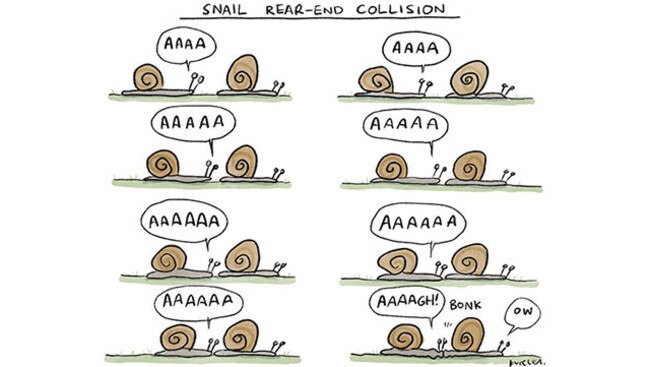Duke Dumont takes fans for a drive, in hedonistic slow-motion
Want to a dance music hit? All you need is semi-naked young women, overt hedonism and a slow-mo camera.

Nubile bikini-clad 20-somethings sipping champagne by the pool and pouring into a convertible for a road trip to nowhere: this is the rough plot of one of the biggest hits of the past six months. Whether you realise it or not, you would have heard Ocean Drive — the latest offering from Grammy-nominated British house music wunderkind Duke Dumont. Released mid-last year, the sultry video for Ocean Drive already has clocked up more than 82 million views on YouTube. At this rate it promises to eclipse Dumont’s preceding smash, 2014’s I Got U, which is closing in on a staggering 165 million views. In comparison, Michael Jackson’s seminal hit Thriller (recorded more than three decades ago) has 300 million views.
There are several secrets to the success of Dumont, aka 33-year-old Adam George Dyment, but chief among them is escapism. Whereas the pioneers of house music, figures such as Derrick May and Larry Heard, relied solely on the music, today’s producers augment their soundscapes with a particular form of hedonism. I Got U is a stark example. The clip, from French director Remy Cayuela, depicts the escapades of a lanky urbanite who, after slipping on a virtual-reality mask, is planted among sun-kissed sirens in the turquoise waters off southern Thailand. With this combination of pulsing beats and euphoria Dumont met universal acclaim. In the eyes of one critic he had delivered just what Europeans were after as they groped through another winter of austerity measures and political turmoil: “a blast of sunlight and warm, humid air, flecks of steel drum, vocal samples, and a joyous, radiant vocal take”.
In Ocean Drive, Dumont explores a darker brand of hedonism. Gone are the summery elements of tropical house music (steel drums, marimba), replaced by Italo house — a fusion of synth-pop and 1980s disco.
And instead of the beachscape, the directors of the Ocean Drive film clip, Californians Ben Wolin and Good Boy Shady, have opted for the soft light of dawn in the LA suburbs. The overall effect is dizzyingly — and deliberately — ambiguous for you can’t quite tell if this all-girl party is beginning or ending.
And that perhaps marks an evolution in Dumont’s clips. He seems to have jettisoned the male fantasy as plot driver, for there are no men in this clip. The girls abound, but this time they’re the revellers-in-chief.
As they lope around in their bikinis you try to guess their age. Their bodies suggest adolescence but their actions evoke adulthood (they smoke, they drink, they drive, they flirt with one another). There’s no boyfriend or parent present to make them feel guilty about getting drunk or taking their clothes off. And that’s precisely it. Their philosophy is writ large in the clip: the lyric (“Don’t say a word while we dance with the devil”) appears in the frame, karaoke-style. The directors know their audience: Dumont has created the earworm and their job is to sell it.
The crucial technique to capturing the blurred lines of this exploration of women’s lib and growing up is the use of slow-motion. Little wonder, then, that Apple’s latest iPhone is equipped with a slow-motion camera feature. This in turn has coincided with the advent of apps such as Trilla, which allow users to “star in your own music video”. It’s enough to spark fear in the minds of film directors because apps such as this are formidably easy to use. Thanks to a magical algorithm, your average talentless punter, within a few clicks, can begin strutting around the room in their own guerilla version of Ocean Drive, ready to go viral.
Indeed, slow motion has become the go-to trope for music video directors. In this unique form of movie — stuck somewhere between commercial and feature-length film — the directors know they have only about three minutes to play with. In the case of Ocean Drive, slow motion allows the directors to simultaneously distil time and intensify the eroticism.
The overall effect is to titillate and at the same time idealise this gilded moment in life. Push the deconstruction further and it’s tempting to see in Ocean Drive a modern-day rendering of a Renoir nude.


